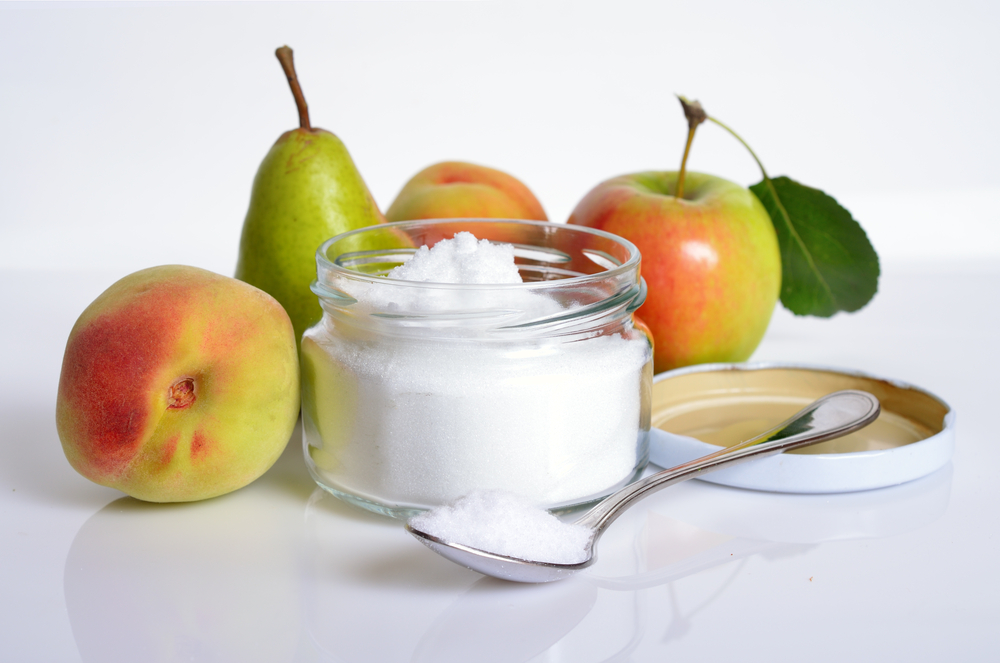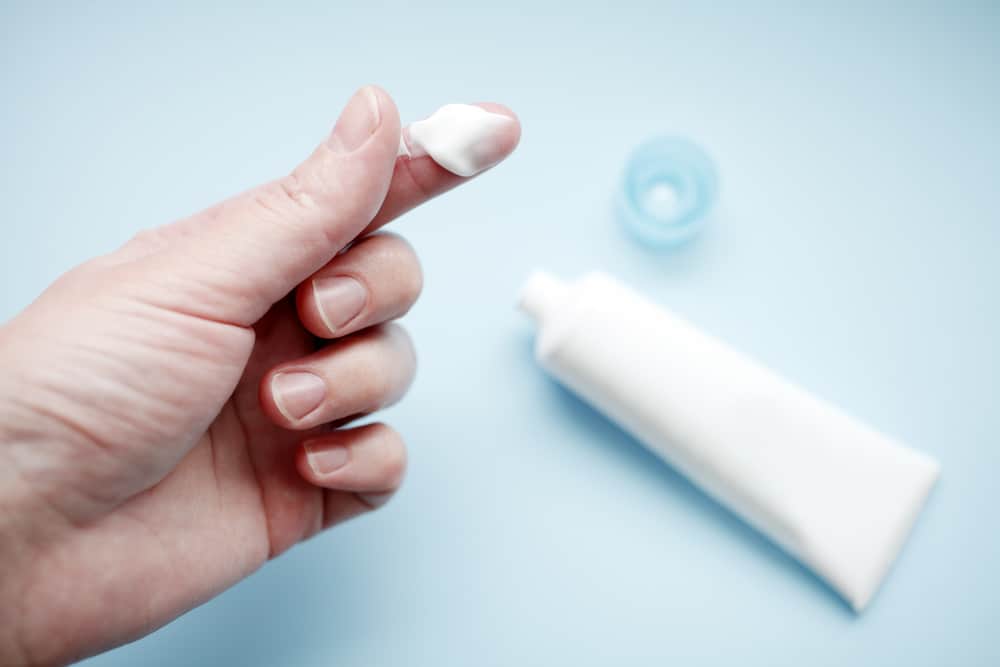Contents:
- Medical Video: Sugar 101: Glucose vs. Fructose
- Difference between glucose and fructose
- 1. Process in the body
- 2. Food sources
- 3. Fructose increases body fat
Medical Video: Sugar 101: Glucose vs. Fructose
Every day you cannot escape from sugar consumption. Because, almost all food or drinks you consume contain sugar in a certain dose. However, not all sweetness comes from just one type of sugar, you know. Even though your tongue can't tell the difference, your body can distinguish and respond differently. Glucose and fructose are two types of simple sugars with different benefits and reactions in the body. So, what are the other differences? Come on, find out the answer in the following review.
Difference between glucose and fructose
Simple carbohydrates are categorized as monosaccharides and disaccharides. Monosaccharide is the most basic type of simple carbohydrate and only consists of one unit of sugar. Well, glucose and fructose are included in monosaccharides. Although including the same type, glucose and fructose have some fundamental differences, including the following:
1. Process in the body
Glucose is the most important monosaccharide and is liked by the body. Glucose is also called blood sugar because after entering the body, the sugar content of the food will be carried by the blood. This blood sugar is related to glucokinase or hexokinase enzymes during the body's metabolic processes.
When you eat food sources of carbohydrates, the body will process it into simple sugars in the form of glucose. This glucose can be immediately used as energy or stored in muscle cells or the liver as glycogen for later use.
Under normal circumstances, the pancreas produces insulin which functions to transport blood sugar into the body's cells. When too much sugar in the blood, insulin will transport blood sugar into cells so that blood sugar levels remain stable.
Meanwhile, fructose is different from other types of sugar because it has different metabolic pathways. Fructose is not the preferred source of energy for muscles and brain. Because, fructose is only metabolized in the liver by the enzyme fructokinase and is lipogenic, which produces fat for the body.
2. Food sources
Most foods basically contain glucose, fructose, or even both. Both types of sugar are both the main energy sources for the body, which can be found naturally in fresh fruits and vegetables.
The grain group contains more glucose than fructose. Examples are bread, snacks such as chips and crackers, instant oatmeal, cereals, granola, and pasta.
Meanwhile, fructose is better known as fruit sugar because it is widely found in fruits. Fructose creates a sweeter taste than other types of sugar. Other natural sources of fructose are also found in honey and vegetables, too commonly added to sodas and fruit-flavored drinks.
3. Fructose increases body fat
The advantage of glucose is that it does not increase triglycerides or fat in the blood. Conversely, fructose is lipogenic or produces more fat.
When you eat carbohydrate sources, fructose will not stimulate insulin production like glucose. That's why fructose that enters the body cannot control your blood sugar levels. This is a concern because fructose adds more fat to other carbohydrates.
According to a study published in the Journal of Nutrition and Metabolism in 2013, fructose levels in the body can trigger metabolic syndrome, a medical condition that can increase the risk of cardiovascular disease and diabetes. Because, fructose can increase blood lipids in adult humans in just two weeks, while drinks containing glucose sweeteners are not.
The study published in the Journal of Nutrition and Metabolism in 2013 stated that fructose can increase uric acid in the blood. Meanwhile in another study published in the Annals of the New York Academy of Sciences in 2011 stated that fructose can increase abnormal blood lipids and insulin resistance.
Even though overall glucose is healthier than fructose, you still need to limit your daily sugar intake from foods that contain high sugar. This is so that you avoid various health problems such as obesity, diabetes and heart disease. Therefore, the Ministry of Health of the Republic of Indonesia recommends limiting sugar consumption, which is 50 grams, equivalent to 5-9 teaspoons per day.












